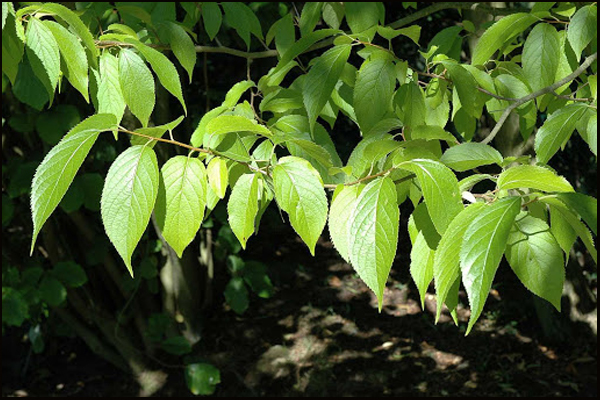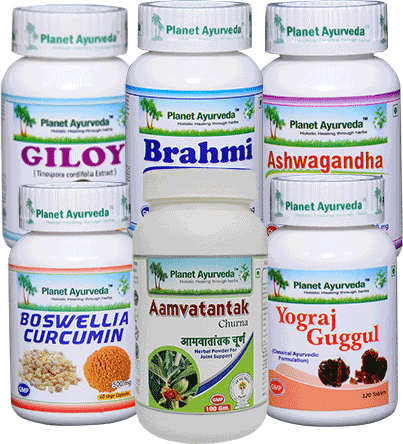Benefits of Eucommia ulmoides ( Best Substitute of Eucommia in Ayurveda)
Abstract
Our environment is enriched with various natural gems in the form of herbs and plants one such plant is Eucommia, which is a native species of south eastern china. It possesses various medicinal properties and has been used in traditional chinese medicine, some folk use it as a herbal drink. But nowadays it has become an endangered variety. In ayurveda we have a great substitute for it called Arjuna (a classical Indian herb) that is available profoundly in our surroundings.
Introduction
- Eucommia is a small plant that is basically now a native of china. It shows very less availability and presence in other parts of the world. Its production is now limited to China only.
- It’s a single living species that has become an endangered variety is called Eucommia ulmoides at present it is cultivated in large amounts in china.
General Description of Eucommia Plant
- Belongs to family “Eucommiaceae” and is known as “Du Zhong” in Chinese language.
- This plant grows up to a height of 15 meter in length.
- Its leaves are deciduous (means shed its leaves annually) arranged in an alternate manner and are 8-16cm long.
- It blooms (flowers) from March to May and the flower appears small in size and is of green color.
- The fruit ripen in between June and November; the normal size of its fruits is 2-3cm long and 1-2 cm broad.
- There are various varieties of Eucommia plant, but their presence nowadays is very limited in origin, only the Eucommia ulmoides species is found in today’s era.

Other species are
- Eucommia constans: native of Mexico
- Eucommia jeffersonensis: Oregon
- Eucommia montana: Western north America
- Eucommia ulmoides– only found species in the present era and is native to central eastern china.
Properties of the Eucommia Plant
- Leaves- its leaves have been enriched with various photochemical that are very beneficial in promoting sound health. Native people of China boil its leaves and drink it in the form of herbal tea or traditional drink.
- Bark- contains various herbal properties filled up with various flavonoid compounds (such as ferulic and caffeic acid) thus act as “Jeevniya” (increases life span)
Enrich with various medicinal properties such as
- Anti oxidant
- Anti-inflammatory
- Anti-cancerous
- Anti aging
- Cardio protective
- Hypotensive
- Enhances growth of body muscular structures.
- Neuroprotective action.
Because of the above mentioned properties it is being used to treat various health problems such as
- Cardiovascular disease
- Neurological ailments
- Neoplasm
- Cerebrovascular disorders
- Sexual dysfunctions related disease.
Due to its many health benefits, its demand ratio has been raised to a great hike in recent times.
Many people are not aware of the fact that there are also numerous healthy herbs in our surroundings that possess the same or even more health benefits than that of Eucommia
The Best Substitute of Eucommia in Ayurveda is- “Arjuna” (classical Indian herb)
Now let’s discuss about the “Arjuna”
- Latin name: Terminalia arjuna
- Sanskrit name:
- Dhawal- as its bark is white in colour
- Kukubha- because of the spreading branches.
- Indradu – large tree in height.
- Vir vriksh- as its stem and bark are very thick.
- Nadisaraj- commonly available near the river and sea.
Botanical Description of Arjuna Tree
- It is a large tree attaining heights of 20 to 60 meters.
- Bark- is pale white and smooth from the outside.
- Leaves – are arranged in a sub opposite manner.
- Flower blooms in the summer season whereas fruit grows in the winter season.
Properties
- Guna: laghu(light), ruksha(rough)
- Ras: kashaya( astringent)
- veerya( potency): sheeta(cold)
- Prabhav: hridya (good for the working of the heart)
Due to kashaya, ruksha and laghu properties it posses very good “kapha nashak” (reduces kapha dosha within the body).As it has sheeta virya, it is very effective in diminishing pitta dosha level in the body. So it is used in diseases produced by kapha and pitta dosha.
Due to kashaya, ruksha and laghu properties it posses very good “kapha nashak” (reduces kapha dosha within the body).As it has sheeta virya, it is very effective in diminishing pitta dosha level in the body. So it is used in diseases produced by kapha and pitta dosha.
It is best known for its cholesterol lowering effect, reduces bad cholesterol amount from blood, so make a great choice for ailments like atherosclerosis(accumulation of cholesterol plaques in blood vessels, leads to narrowing of lumen of blood vessels), myocardial infarction(heart attack), angina pectoris( chest pain).
Uses according to site of action
On the Circulatory system
- It is a very good cardiac tonic herb. As it provides strength to the cardiac muscles, it aids in improving cardiac functions.
- It enhances blood quality by eliminating harmful toxins from it.
- Assist in cardiomegaly(excess increase in heart size) as it helps in reduction of inflammatory processes
On the Digestive system
- Being a haemostatic herb it aids in controlling dysentery and hemorrhagic disorders.
On urinary system
- Very effective in diabetes as it assists in relieving burning pain during micturition.
Because of its numerous health benefits on the circulatory system its demand has also been raised from the last few years as its extract is used by many pharmaceutical companies in numerous medicines.
Planet Ayurveda, a leading manufacturing unit serving people worldwide with an expert team of ayurveda doctors, offers you various herbal formulations of Arjuna.
Some of Them are as Follows
1. Arjuna Powder
- Ingredients: Extract of arjuna (Terminalia arjuna)
- Dosage: ½ to 1 teaspoon twice daily with plain water.
2. Arjuna Capsules
- Ingredients: Pure extract of arjuna.
- Dosage: 1-2 capsules twice daily with plain water after meals
3. Arjun Saar
- Ingredients: Pure arjuna juice (Terminalia arjuna), pure amla juice (Emblica officinalis)
- Dosage: 20 ml with equal amounts of water two times a day after meals.
4. Arjun Tea
- Ingredients: Arjuna (Terminalia arjuna), Punarnava (Boerhavia diffusa), papal twak (Ficus religiosa) etc.
- Dosage: 1 cup of tea two times a day.
Conclusion
Now we can conclude that ayurveda has a solution for everything. Our classical and authentic herbs such as Arjuna, make a very good replacement for Eucommia.
Arjuna is available very easily in our surroundings, even though many people have seen it in their locality but are not aware of its health benefits. Planet ayurveda offers you numerous healthy blogs of Dr. Vikram Chauhan in which he shares detailed descriptions of healthy herbs and guides people about their health benefits



